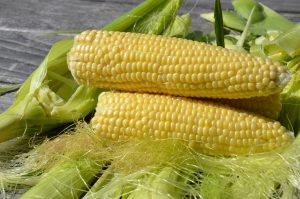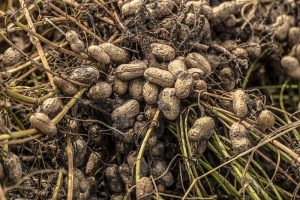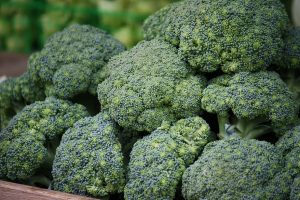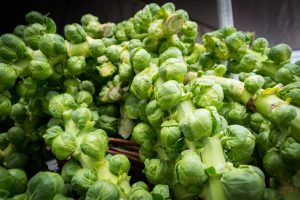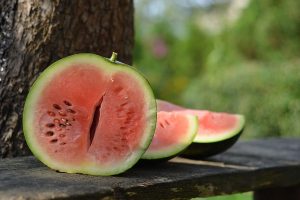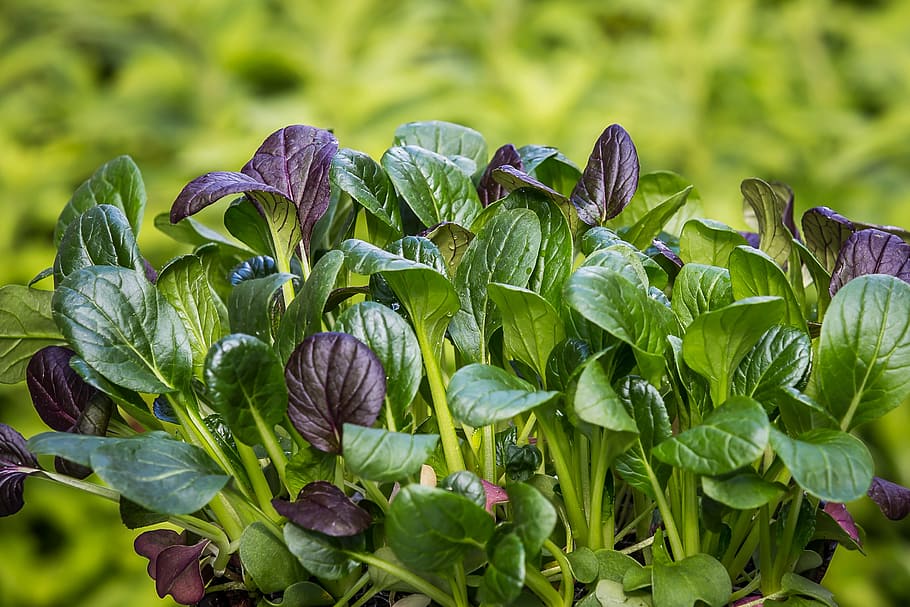
Spinach is a versatile and nutritious green that everyone should consider growing in their garden. Not only can it be used in a variety of dishes, but it is also packed with vitamins and minerals that are essential for a healthy diet. However, growing spinach may seem like a daunting task for beginners. But fear not, as we’re here to guide you through the process step by step. In this blog post, we’ll cover everything from soil preparation to harvesting, so you’ll be well on your way to enjoying fresh and delicious spinach from your own backyard!
Soil Preparation: Get the Right pH Level
To grow spinach successfully, it is essential to prepare the soil correctly. One crucial factor is getting the right pH level. Spinach thrives in a slightly more alkaline soil than most vegetables, with an ideal pH range of 6.5 to 7.0. If your soil is too acidic, add finely crushed eggshells, ground oyster shell, or agricultural lime to adjust the pH balance. On the other hand, if your soil is too alkaline, you can use sulfur to lower the pH. A soil test kit can help you determine the pH level accurately. Adding compost or composted manure to your soil can also help enhance its quality and provide the necessary nutrients for healthy spinach growth. By preparing your soil correctly and maintaining the ideal pH level, you can ensure the best possible conditions for your spinach plants.
Seed Sowing: The Correct Depth and Spacing
In order to successfully grow spinach, it’s important to get the seed sowing right. The correct depth and spacing are key factors in encouraging healthy growth and development. When sowing spinach seeds, it’s recommended to sow them inch deep and 6 to 8 inches apart in rows. However, if you are aiming for baby spinach, sow seeds inch deep every 2 inches and cover with inch of soil. For spinach plants grown in containers, sow seeds at a depth of 1/2 inch and plant each seed at least 2 inches apart. As the seedlings grow, they should be thinned further, leaving the strongest plants. By ensuring the correct depth and spacing, you’re laying the groundwork for a bountiful spinach harvest.
Light and Shade: Choosing the Ideal Location for Spinach
When it comes to growing spinach, choosing the right location is crucial for the plant’s success. Spinach can tolerate full sun or light shade, but the ideal spot depends on the variety. For summer spinach, semi-shade is best, while winter spinach thrives in a sunny position. When selecting a planting site, it’s important to ensure the soil is well-draining and loamy. Additionally, the location should receive at least three to four hours of direct sunlight per day, although spinach can also grow in partial shade. Container growth is also an option for those without access to a suitable outdoor space. By following these guidelines, gardeners can ensure healthy and productive spinach plants.
Growing in Containers: Options and Requirements
Growing spinach in containers can be a great option for gardeners who have limited space or want to control the growing conditions for their plants. To grow spinach in containers, it is important to choose a container that is at least 6-8 inches deep and wide enough to accommodate the number of plants you want to grow. Ensure the container has drainage holes at the bottom to prevent waterlogging. Use good quality potting mix to give the spinach plants the nutrients they need to thrive. Depending on the size of the container, you can grow up to four spinach plants in a 14-inch diameter pot. It is recommended to sow seed in early spring, however, make sure to check the soil temperature before planting, as spinach prefers cooler temperatures. Be sure to give your spinach ample light and shade to help them grow healthy and strong. In addition, you may need to thin out plants to avoid overcrowding and allowing enough space for healthy leaf growth. Container-grown spinach plants require frequent watering to maintain moisture levels, especially during warmer months. With the right container and nurturing, a plentiful harvest of fresh spinach leaves can be just within an arm’s reach.
Timing: When to Plant Spinach and Avoid Frost Damage
Timing is everything when it comes to planting spinach. As a cool-season crop, it can withstand mild frosts but will bolt in warmer weather. This means that it’s important to plant spinach around the first of May or in November to avoid the heat of summer. However, spinach can also be planted before the final frost in most areas as long as the soil temperature is above 40 degrees Fahrenheit. For a continuous supply throughout the season, plant spinach every three weeks. Be sure to avoid overcrowding, which can lead to stunted growth. When winter runs long, it can be challenging to get spinach seeds sown in time, but planting as soon as the soil can be worked is essential. Remember that spinach requires six weeks of cool weather from seed to harvest, so avoid water or fertilizer stress during growth. With careful timing and maintenance, a healthy crop of nutritious spinach can be enjoyed throughout the season.
Growing Guidelines: Tips for Care and Maintenance
Now that you know how to prep the soil, sow the seeds, choose the right location, and grow in containers, it’s time to dive into the guidelines for care and maintenance. One important tip is to keep the soil evenly moist by watering regularly. Spinach also needs a nitrogen-rich fertilizer monthly to thrive. Additionally, it’s essential to protect your spinach from harsh weather conditions by using fleece or a cloche for seedlings. Harvest the outermost leaves once they are mature enough to eat. Avoid overcrowding your spinach as it can cause stunted growth. Finally, make sure to dig compost under the soil to enrich the plants with nutrients. By following these guidelines, you will ensure healthy, nutrient-rich spinach plants.
Overcrowding: How to Avoid Stunted Growth
Overcrowding can quickly lead to stunted growth in spinach plants. To avoid this, it’s important to thin out the seedlings to four to six inches apart once they have at least two true leaves. This will prevent the plants from competing for resources and encourage healthy growth. Remember, spacing spinach plants too closely could result in poor yields, while spacing them too far apart can lead to more weed pressure. Additionally, overcrowding can encourage plants to go to seed quickly. Weeds can also sap nutrients and moisture from the plants, so it’s important to keep the area around the spinach plants weed-free. By taking steps to avoid overcrowding, gardeners can promote healthy, productive spinach plants.
Deep Soil: Why it Matters for Healthy Spinach Plants
The quality of soil that spinach grows in plays a crucial role in determining the health and productivity of the plant. As a deep-rooted plant, spinach requires well-drained soil that can offer plenty of space for its roots to spread out and establish a strong foundation. Therefore, gardeners must make sure that the soil where they plant spinach is loose and rich in organic matter. Deep soil allows the plant roots to penetrate deeper into the ground, which contributes to its overall health and development. By taking care of the soil, gardeners can ensure that their spinach plants are strong, healthy, and productive.
Cool-Weather Crop: Spinach’s Hardiness and Benefits
Spinach is a cool-weather crop that benefits from growing in temperatures between 50-65F. As a hardy plant, it can withstand frost and even freezes, making it an ideal crop to grow in early spring or late fall. It is also known for its ability to grow quickly, with a harvest ready in just 6 weeks after planting. But the benefits of spinach go beyond its hardiness and quick growth. Spinach is packed with nutrients such as vitamin A, vitamin C, and iron. It is also low in calories, making it a popular addition to salads and smoothies. With the right care and attention, growing spinach can be a rewarding and healthy experience.
Nutritional Value: Vitamins and Minerals in Spinach
Spinach isn’t just tasty and easy to grow, it’s also jam-packed with essential vitamins and minerals. As previously discussed, spinach is rich in iron, vitamin C and E, potassium, magnesium, and vitamins B6, B9, and K, making it a superfood for anyone looking to boost their nutrient intake. Its high fiber content also promotes a healthy digestive system. And it’s not just adults who can benefit from spinach’s nutritional value – its vitamin A content contributes to healthy hair growth and general growth in children. By incorporating spinach into their diet, kids can build strong bones thanks to the plant’s magnesium, calcium, and phosphorus. But don’t forget to properly care for and maintain your spinach plants to ensure optimal growth and nutritional value.


